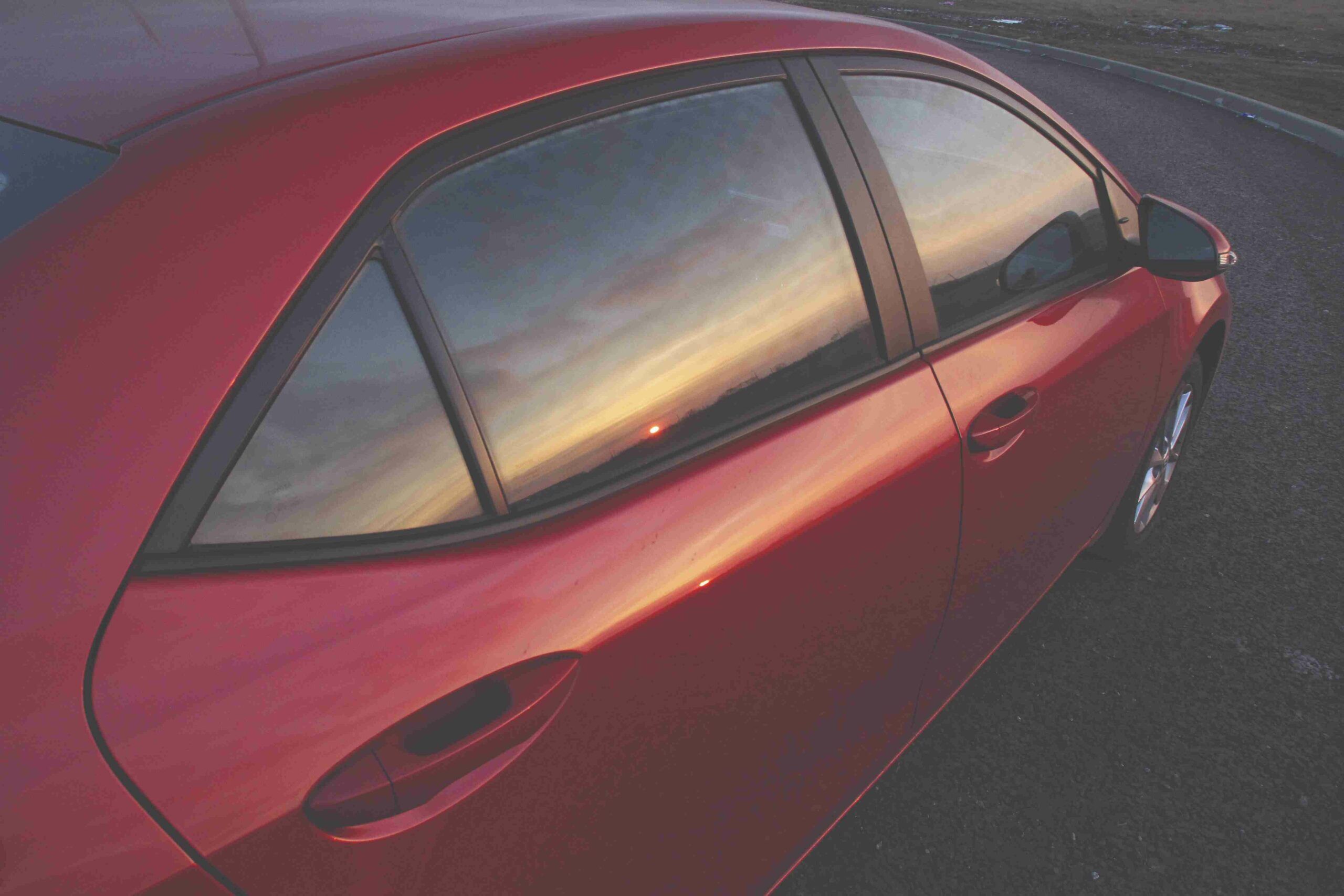How much is Tint on Car Glass Allowed in India?

Did you know that car window tinting is regulated in India to ensure safety and security on the roads? The Supreme Court has set guidelines for car window tinting. You can only use up to 50% tinting for side windows and 30% for windshields and rear windows. Violating these limits may result in significant fines and penalties.
Here, we will learn the specific regulations, the potential consequences of violating them, and some cool alternatives that can help keep you and your car cool during hot summers.What is the Allowable Limit of Car Window Tinting in India?
The use of car tinted glass in cars is now banned and can result in a penalty or punishment as of May 19, 2012.
Therefore, the minimum visual light transmission for automotive glass should be as follows:
- 50% for side windows (front and rear doors)
- 70% for windshield and rear window
This means that for side windows, only up to 50% tint is allowed, which allows 50% of outside light to be transmitted inside. Similarly, only up to 30% tint is permitted on front and rear windshields, allowing 70% visual light transmission.
Any vehicle with window tinting below these limits can be fined or penalised by traffic authorities. The rule is intended to reduce the misuse of heavily car-tinted glass by criminals and improve road safety by enabling better visibility.
Fines and Penalties for Excess Tinting
If your car windows have darker tinting than the permitted limits, you can face the following car tint fine:
- First offence: Fine of ₹100
- Second offence: Fine of ₹300
- Third offence: Fine of ₹300 + 3-month suspension of driving license
The penalties get more vertical with repeated offences, so it is critical to follow the law. Some states also charge additional fines for excessively car-tinted glass.
Why are Darker Window Tints Restricted in India?
The Indian government and Supreme Court have imposed limitations on the use of dark-tinted films on car window glasses for several reasons:
- Rogue and antisocial elements frequently misuse tinted windows to carry out illegal activities unnoticed by the authorities.
- Excessively dark window screens reduce visibility for drivers, increasing the probability of accidents as it becomes difficult to spot people, vehicles or obstacles on the road.
- Traffic police find it harder to screen automobiles with darker tinted windows, making it nearly impossible to catch wanted criminals travelling in cars with heavily obscured windows.
Hence, the use of heavy tints on car windows poses severe threats to public law and order as well as escalating road risks. By restricting the use of darker films, the norms aim to ensure transparency, safety, and accountability on Indian roads.
What are the Alternatives Available?
If you still want to control heat and UV rays getting into your car without disregarding norms, some good alternative windshield replacements are available:- Opt for GREEN UV cut glass that allows over 50% VLT (visual light transmission) along with heat and UV ray protection.
- Use shades and curtains with suction cups on windows without affecting visibility from outside. Remove them when driving.
- Install window ventilation visors over windows for circulating air without rolling down glasses fully.
- Use car window reflectors, car cooling films and car window sunshades to beat the heat.
Conclusion
It is important to stay within the stipulated allowable limits for automotive glass tinting. For car owners, following the 50% VLT rule for side windows and 70% for front/rear is vital to avoid legal hassles. Using safer heat-beating windshield replacement alternatives is a wiser approach. Staying informed of the latest regulations in your state is also advisable before getting window tinting done. However, it is important to note that during a windshield replacement at with AIS Windshield Experts it is best to not have external tints.



